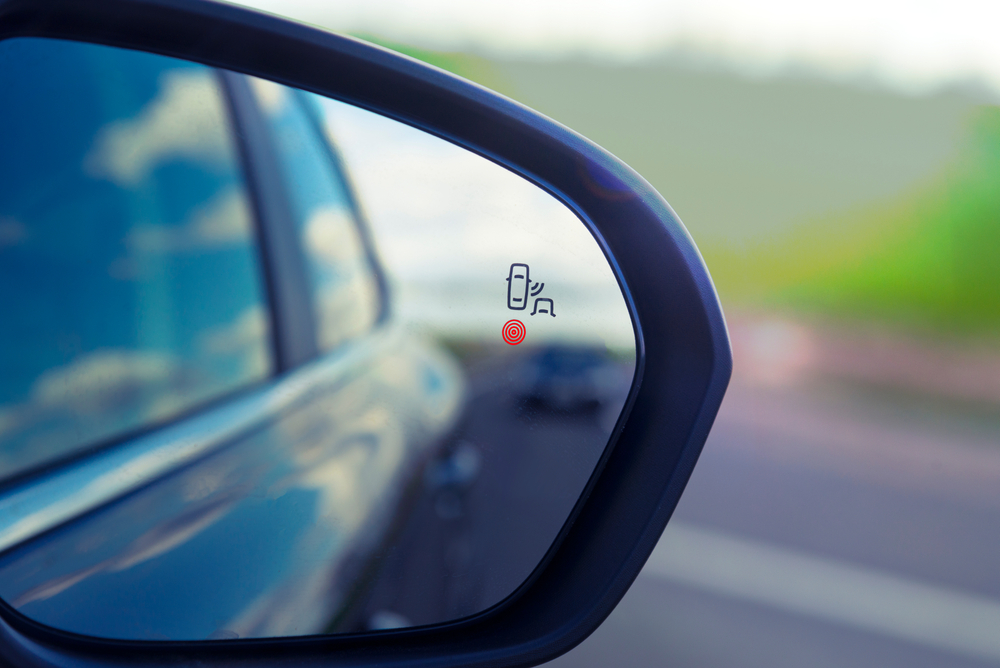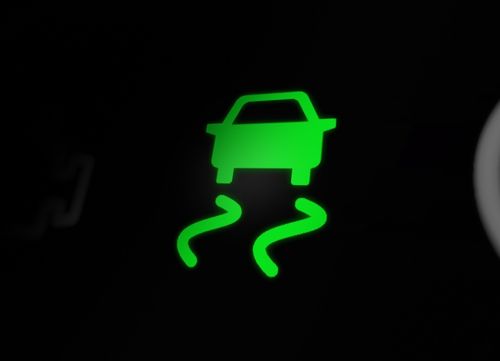Five technologies that can make your fleet safer
By SG Fleet | 12 August 2022

Anyone who’s had a hand in managing a fleet will know how much legal compliance matters, not to mention how much operational disruption it can cause when things don’t go to plan.
Accidents on the road can be all kinds of bad; from tragic on a personal level to expensive as repairs go. They can also be incredibly damaging to your fleet’s running and reputation if it’s found you weren’t doing everything possible to keep your drivers and other road users safe from harm.
For that reason, here we’re looking at technologies to make your fleet safer.
Five technologies making fleets safer
1. Cameras (of all kinds)
The first technology to make your fleet safer is the humble camera. However, there are actually a few different kinds of cameras that can impact the safety of your drivers in different ways.
First, rear-facing cameras connected to a screen on the dashboard can help your drivers to see what’s behind them while the vehicle is moving, to park more easily, and generally to give them more spatial awareness on long journeys.
The safety factor only increases when you pair that with next-gen dashcams like we’ve previously explored on our blog. An outward-facing dashcam can capture both your driver’s road behaviour and that of pedestrians and other road users, while an inward-facing one will record the driver’s habits and concentration levels behind the wheel. Together they not only help drivers to stay mindful of being professional behind the wheel, they can also be used to inform driver training if incidents do occur, making them easily one of the top five ways technology is making fleets safer.
2. Collision detection with a built-in warning system

Another way that cameras can be utilised in fleet safety, we nonetheless felt collision detection/avoidance systems deserved their own entry, such is the extra sophistication behind them.
These systems use a combination of cameras, sensors and even radar to detect potential nearby causes of an accident, and often let the driver know using an audio alert. Some systems will take it further and even apply the brakes if they sense the vehicle is in real danger. Either way, some kind of collision detection technology should be on your own radar if you’re a fleet manager. Definitely one of the top five technologies that can make your fleet safer.
3. Adaptive cruise control (ACC) and lane assistance
We’ve previously looked at self-driving cars on our blog and found that features like automated lane keeping assistance (ALKS) are considered the second-level of motor vehicle driver automation. The technology is still somewhat fledgling, but can currently help a driver by controlling the speed and steering at speeds of up to 37mph – which could be fantastic for any fleet drivers who do a lot of city driving.
More established and along the same lines – albeit not considered to represent a strict level of vehicle automation – is ACC. This particular technology works by detecting where vehicles in front of are and lowering your speed if needed.
Understandably, both ALKS and ACC can help to reduce accidents, making them both technologies to make your fleet safer.
4. ESC – Electronic Stability Control

A legal must-have in all newly-built vehicles, ESC monitors the movement of your steering wheel and tyres and can sense when there’s a loss of traction. If it detects that happening, it will reduce engine power and apply brakes to the wheels that need it, balancing out the steering and helping to prevent crashes. ESC is especially helpful in winter when roads are wet and/or icy. It’s a literal lifesaver, and absolutely deserving of its place in our list of five technologies making fleet safer.
5. Telematics systems
Unlike ESC, the last of our five technologies that can make your fleet safer is entirely optional, but is fast becoming a favoured option of the world’s most successful fleet businesses.
For starters, telematics systems use GPS tracking to monitor driver behaviour – meaning the data they fed back can be used to improve and tailor driver training and inform your fleet’s safety policies around things like harsh acceleration and braking. Telematics technology can also be used to plan routes that are both safer and more cost-efficient, and can vastly improve the running of your fleet, which in turn can lead improved safety from less mistakes and more reasonable driver scheduling.
At SG Fleet, we offer our in-house telematics solution Motrak to fleets of all sizes. It’s been around for over 25 years, is constantly refined and updated, and can be integrated in whatever way will best solve your operation’s safety and efficiency challenges.
Want to improve your fleet’s safety?
Whether it’s understanding safety legislation, recommending new technology or installing specialist telematics systems, our expert team are well placed to help you improve every aspect of your fleet’s safety.
Want to know more? Call us on 0344 854 5100 or email CSalmon@sgfleet.com.
Related stories


.png)


.png)
.png)
.png)